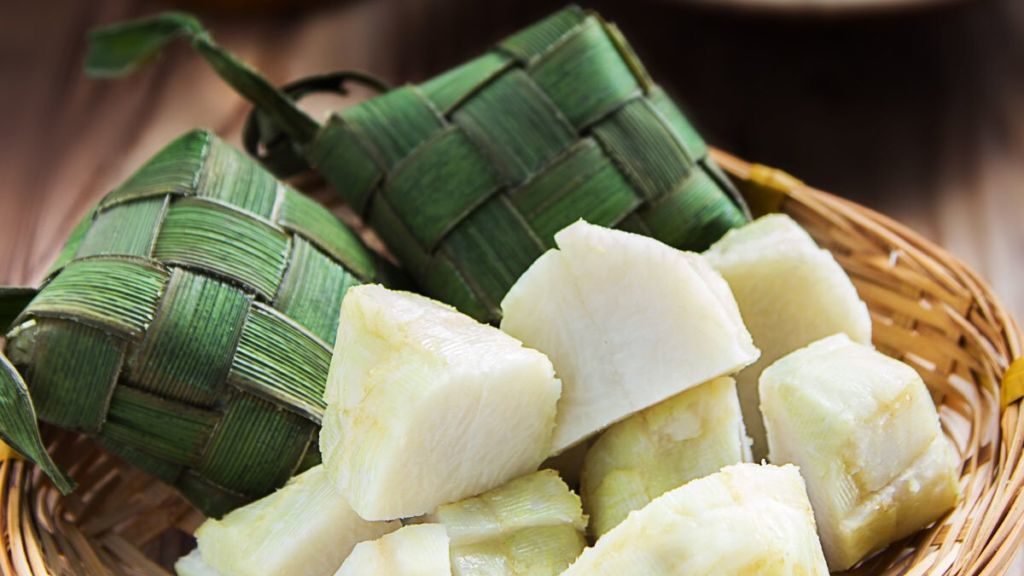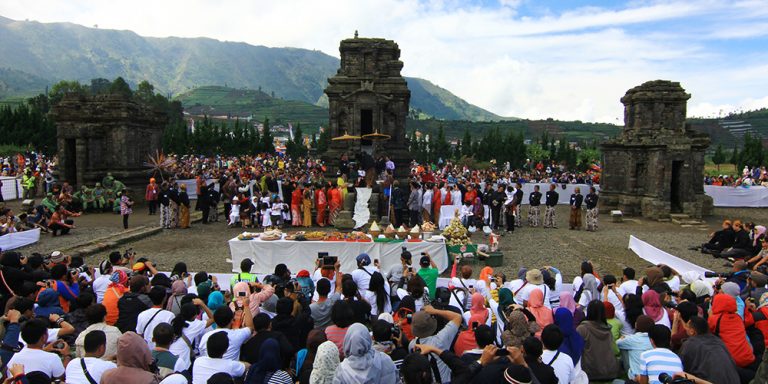Media sosial has been rapidly developing and becoming a part of people's daily lives. Instagram, one of the largest social media platforms in the world, has become a favorite among people worldwide. According to Data We Are Social, the monthly active users of Instagram worldwide reached 1.45 billion people in April 2022. In Indonesia, the monthly active users of Instagram in April 2022 reached 99.9 million, which is the fourth largest in the world. This shows that Instagram is a highly potential platform to reach a wide audience.
Data shows that Instagram users in Indonesia are dominated by individuals aged 18-34 years old. On the other hand, Instagram users aged 65 and above only account for 2.1%. This indicates that Instagram is the most favored platform among young generations. The positive impacts of digital technology and social media are easier access to information, joining communities, and self-actualization through social media. However, this also has negative impacts, such as the spread of fake news, pornography, cyberbullying, hate speech, and others.
The development of technology and social media also affects the activities of da'wah that were previously carried out conventionally. Now, da'wah activities are shifting towards digital. In the field of communication, media is understood as a channel used by da'wah activists to convey messages to the public. In the global community, such da'wah activities can be found in the virtual space. This makes it easier for people to access religious information or da'wah, especially if they have internet access.
In the digital era, da'wah and technology are inseparable. The sophistication of technology and information can be utilized to optimize da'wah to reach the public. Da'wah optimization can be done through social media to make it more widely accepted and faster, increasing its effectiveness in terms of time, cost, and process. If based on contemporary da'wah, Instagram social media can be utilized as a da'wah platform for millennial students (santri). Millennial santri is a young generation that grew up in the digital era and has different characteristics compared to the previous generation. They are more familiar with technology and social media. Therefore, Instagram can be a strategic place for them to seek information and strengthen their religious understanding.
Through Instagram, millennial santri can share knowledge and experiences about Islam and introduce the beauty of cultural diversity in Indonesia. With interesting and easily digestible content, the conveyed da'wah can attract many people's attention. Millennial santri can also utilize Instagram features such as IGTV and Instagram Live to deliver sermons or religious discussions directly.
Furthermore, Instagram can also be used as a medium to invite the public to participate in social activities related to religion, such as fundraising for foundations or orphanages. In this way, millennial santri can show that religious activities can also have a positive impact on the wider community.
However, as social media users, millennial santri also need to pay attention to ethics and religious values when interacting with other users on Instagram. This is important to build a positive image of the da'wah activities carried out.
Overall, Instagram social media has great potential in strengthening da'wah in the digital era. By utilizing Instagram wisely, millennial santri can take an active role in strengthening religious understanding and promoting the values of diversity in Indonesia.
Title: Trend of Instagram Usage in Indonesia for Contemporary Da'wah





















